Working and Living by the Sun
FOR millennia the Chinese farmed and lived according to the 24 solar terms of the lunar calendar, which were formed following long-term observation of the sun’s position in the zodiac.
The traditional Chinese calendar is named Nongli (literally, “agricultural calendar”), explicitly indicating its relationship with farming activities. Also called Xiali, the name came from China’s first dynasty Xia (2070 -1600 BC), during which the calendar was believed to originate.
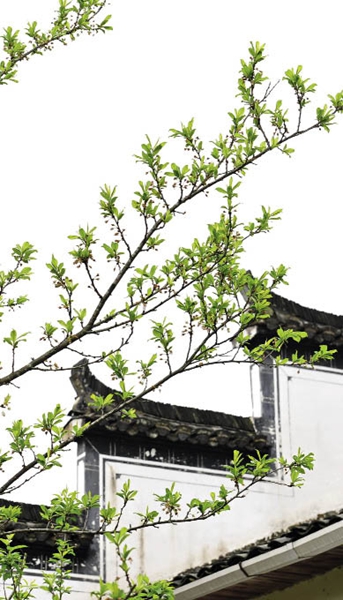
Though people commonly call it Yinli (lunar calendar), the Nongli is in fact a lunisolar calendar. That is, months reflect the cycle of lunar phases, while intercalary months are added to bring it into synchronization with a complete circle of the sun. This kind of calendar reflects the ebbs and flows of the tide, but also the cycle of the four seasons.
The Nongli calendar divides a solar year into 24 segments, naming the first day of each segment with a solar term. Created through generations of observation and practice, the 24 solar terms have become an important part of the Chinese lunar calendar and play a key role in guiding people’s life and work even today.
Furthermore, the solar terms have been integrated with traditional festivals, such as Spring Festival, and formed a special folk and festival culture. Internalized as a basic cultural recognition, the 24 solar terms have been regarded the base and symbol of the Chinese nation. In 2006 the 24 solar terms were included in China’s first National Intangible Cultural Heritage List.
The Connotations
As early as the Spring and Autumn Period (770 - 476 BC), ancient people established the first four solar terms to signify vernal equinox, mid-summer, autumnal equinox, and mid-winter. The 24 solar terms were finalized in 104 BC when the Taichu Calendar was established, the first complete written calendar in Chinese history. In this calendar, the astronomical positions of the 24 solar terms were confirmed.
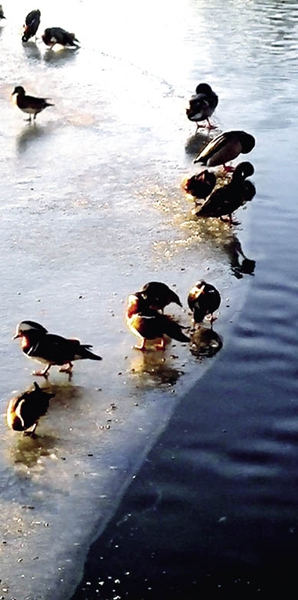
The 24 solar terms reflect the changes in celestial phenomena, climate, precipitation, and phenological sequence in time. Originating in the Yellow River basin, one of the cradles of Chinese civilization, the system gradually spread across the country. In a typical agricultural society like ancient China, the 24 solar terms were a marker against which people could arrange farming work and social activities like festivals and even a family’s daily life.
As the solar terms are based on the sun’s position in the zodiac, they have basically fixed corresponding dates in the Gregorian Calendar – in the first half year most fall on the 6th or 21st days of the month, and in the second half, on the 8th or 23rd days, with minor variations of within one or two days.
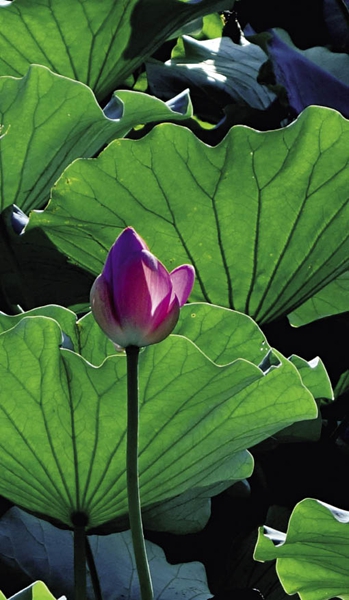
The solar terms are widely adopted in China and influence everyday life. Some solar terms have evolved to festivals such as Qingming (Tomb-sweeping Festival), Lichun (start of spring), Lixia (start of summer), and Dongzhi (winter solstice). The summer and winter solstices are also closely related with daily life, and people celebrate them with special food and various folk activities.
Over generations, a myriad of cultural heritages related to the 24 solar terms has been accumulated, from proverbs, folk songs, legends, and art works to production tools and utensils. The solar terms have also generated a kaleidoscope of festival culture, rituals, and folk customs. An embodiment of the gem of agricultural civilization, the 24 solar terms have a high value with regards historical and cultural research.
Winter Solstice Sacrifice in Sanmen
In folk culture the winter solstice is special. As an old saying goes, “Winter solstice is as important as the Spring Festival.” In ancient times, the emperors would hold a grand ceremony to worship Heaven, while common people offered sacrifices to ancestors and deceased family members.
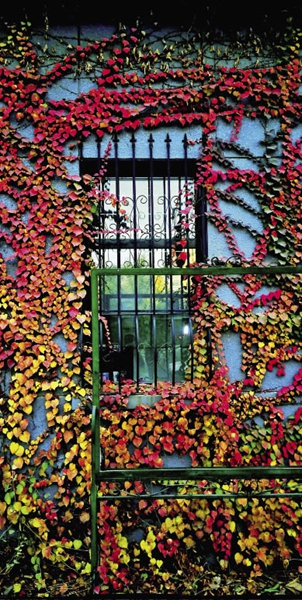
A complete winter solstice sacrificial ceremony with a 700-year-old history is still carried out today in Yangjiacun, a village in Sanmen County of Taizhou City, on the east coast of Zhejiang Province.
In the early hours of the morning on the day of the winter solstice, the ceremony processes in an orderly fashion in front of the Yang clan’s ancestral temple. Dressed in the traditional costume of yellow with colorful patterns, the officiator first washes hands, straightens up garments, and offers joss sticks and wine. He then kowtows to Heaven in four directions, and, accompanied by dozens of other worshippers, chants a eulogy to the ancestors of the family.
To a salute of fireworks, the congregation then goes into the temple and offers sacrifices to their ancestors. The whole ceremony lasts about two hours and is attended by representatives of the clan’s branches in the county. For those who live far away, the winter solstice sacrifice is the one event for which they will come back no matter what.

Located beside Sanmen Bay in the east central part of Zhejiang Province, Sanmen County is known for its intertwined inland and marine cultures. People set store on education and family, the core values of traditional agricultural culture, and revere nature. The winter solstice sacrifice is just a salient example of the coexistence of different cultures.
In Sanmen County, people of the same clan usually live together, forming natural villages. People previously built grand temples for the clan to worship their ancestors. The temples gradually became public venues for clan meetings and activities, such as performances and gatherings. The complicated and grand ceremony of the winter solstice sacrifice in Sanmen reflects people’s reverence of nature and family. It was listed on the national intangible cultural heritage list in 2014.
Ganqiu Festival of the Miao Ethnic Group
Ganqiu (literally, catching up with autumn) is one of the biggest festivals for Miao people in Huayuan, Fenghuang, Jishou, and Luxi of Hunan Province. Celebrated on the day of Liqiu, the start of autumn, the festival sees people in their holiday best flock to the gathering venue to play on a swing, dance, and sing.
As a prelude to the festival, a man and a woman will walk to the swing to report a harvest to all people. In traditional costumes, they hold a full sheaf of corn and a crop of paddy rice, respectively.
The ceremony is derived from an old legend that the ancestor of the Miao people, Shennong, sent a man and a woman to the east to fetch seeds of grains. He also taught people to plant the crops so they could feed themselves. The Ganqiu Festival commemorates the merit of Shennong when plants start to ripen and the harvest is expected. The Miao people also entertain themselves by singing and dancing to compensate their year-long hard work.
Playing eight-people swing is the “focus” of the festival but more diverse activities also feature nowadays, such as Kung Fu performances, lion and dragon dancing, exhibitions, and social activities for youngsters.
The Ganqiu Festival entered the list of national intangible cultural heritage in 2014.
Ganfen Festival in Anren County
The vernal equinox is one of the 24 solar terms when grass burgeons and animals awake. In Anren County of Hunan Province, people celebrate the day by offering sacrifices to Shennong, opening the herbal medicine market and preparing for farm work, which is called Ganfen (literally, catch up with the vernal equinox) Festival.
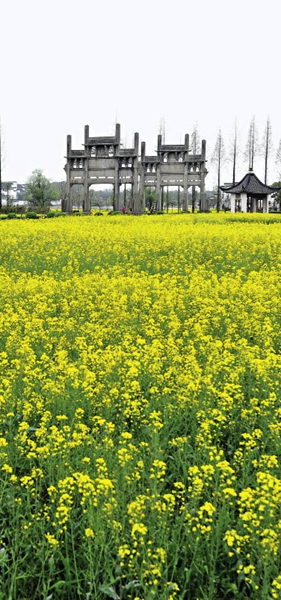
The festival starts three days prior to the vernal equinox and lasts six days. All people spontaneously go to the county seat to offer sacrifices to Emperor Yandi and Shennong, two legendary figures locals regard as the Gods of the land. They also meet with friends and acquaintances, and trade seeds, farm tools, and herbal medicines in the market.
The festival, with a 1,000 year-long history, originated in the worshipping of Emperor Yandi and Shennong.
As the legend goes, Emperor Yandi and Shennong used to live in Anren. They taught local people to farm, making the place one of the earliest farming areas.
The vernal equinox means the coming of the busiest time of year. Farmers need to prepare tools, seeds, and herbal medicines for the upcoming spring plough, as well as offer sacrifices to Shennong, who will bless people with a good harvest. All of these activities constitute the Ganfen Festival.
The herbal medicine market, with over 10,000 loads of herbs, is a magnet for about 100 counties in neighboring provinces and even far away autonomous regions such as Xinjiang and Inner Mongolia. People like to buy herbs according to traditional prescriptions, and simmer them with pigs’ feet. The medicine-cuisine is believed to be good for health and to nurture strength, and it is usually taken before the farming season starts.
In 2014, the Anren Ganfen Festival was listed as a national intangible heritage.
(Compiled by China Today)
Services
Economy
- Why China’s Socialist “Supply Side Reform” Outperforms the West’s “Half Keynes” Model
- Beijing’s Smoking Ban, One Year On
- China’s Cutting-edge High-speed Railway Technologies Unveiled in Berlin
- 45 Years of Diplomatic Relations with Mutual Benefits
- Cultural and Creative Industries: New Engine for Economic Growth
